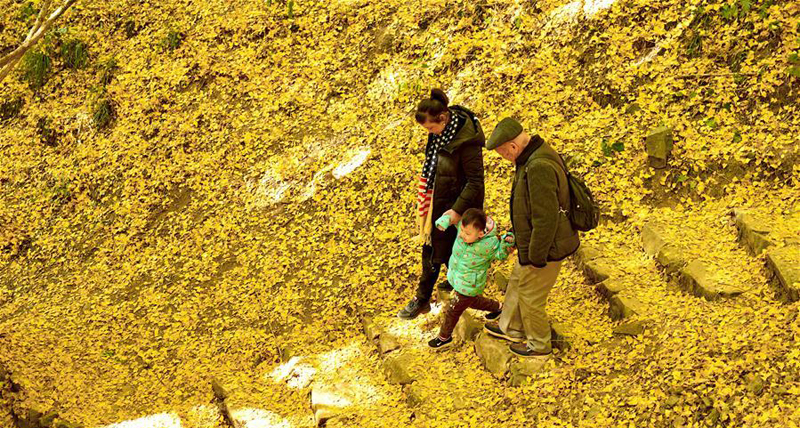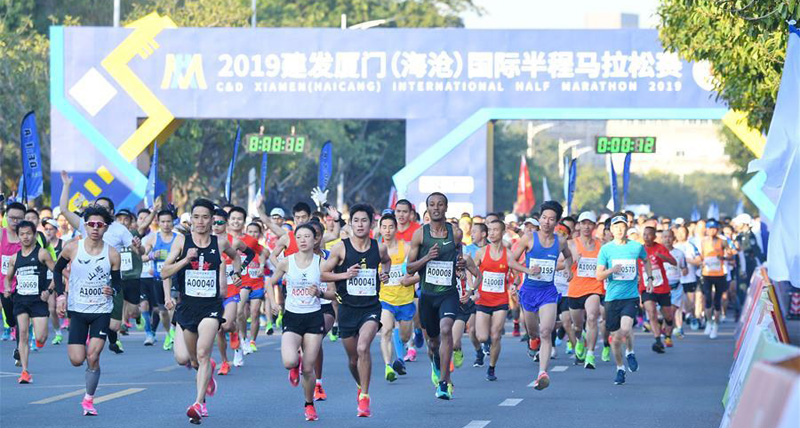Museums bring more fine traditional culture into Chinese lives
Xinhua| Updated: Dec 19, 2019
For 9-year-old primary school student Liu Zhiyang, wandering through "Everlasting Like the Heavens," a 99-day-long exhibition at Tsinghua University Art Museum, was one of the most exciting experiences she had with her parents.
The exhibition features the cultural relics from the Zhou (1046-256 BC), Qin (221-206 BC), Han (206 BC-AD 220) and Tang (618-907) dynasties, celebrating the 70th founding anniversary of the People's Republic of China.
Around two-thirds of showcased items are first-class cultural relics, reflecting the gleaming spirit of these flourishing ages during which many of China's traditions were developed and shaped.
"This exhibition aims to introduce China's vigorous and everlasting culture," Tan Shengguang, the exhibition curator, told Xinhua.
"Fine Chinese traditions have been passed down generation after generation. We hope the exhibition can help visitors find their roots and inspire their confidence," Tan added.
"Bringing my daughter to museums has been a frequent activity for my family," said Liu's father. "We want to let her better know our country's fine traditional culture and understand where she comes from."
The number of visitors to museums across China increased by 16 percent year on year to reach 1.13 billion in 2018, said Liu Yuzhu, chief of the National Cultural Heritage Administration.
In 2018, museums across China held about 26,000 exhibitions and 260,000 cultural events, Liu said. "With their number growing and their services improving, museums have become a new destination for people to spend festivals and holidays."
Liu Yuzhu proposed that Chinese museums should try to market themselves as a new space for get-togethers with family and friends so that going to a museum would be part of a "fashionable lifestyle."
In 2019, more Chinese people have come to find museums as a bridge between their lives and traditional culture.



 play
play